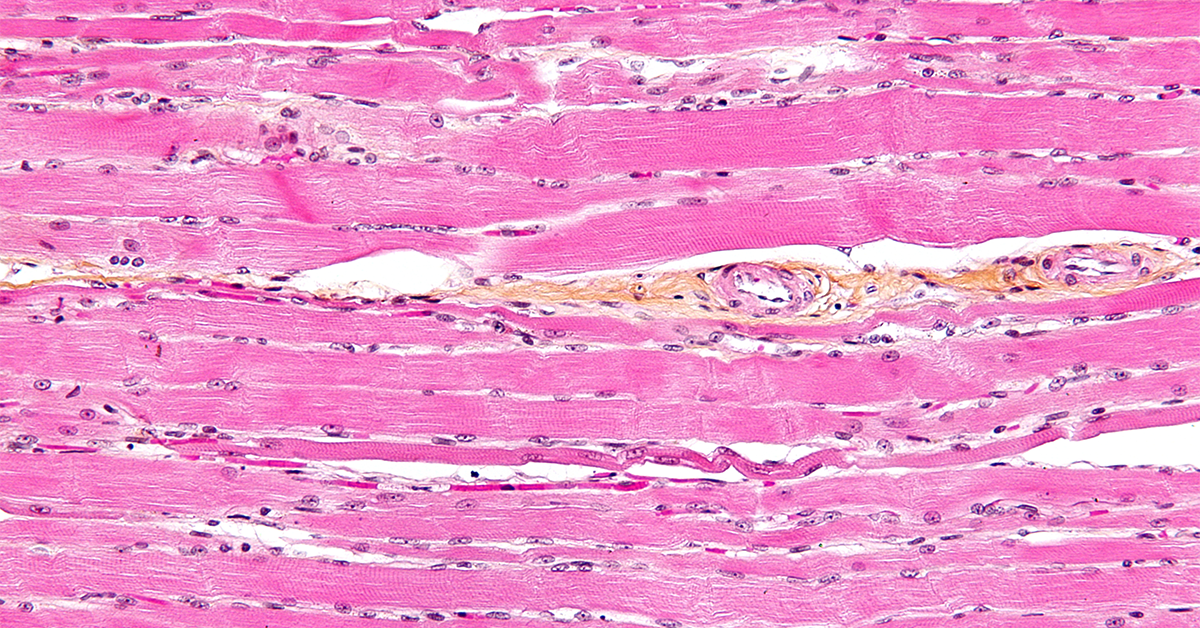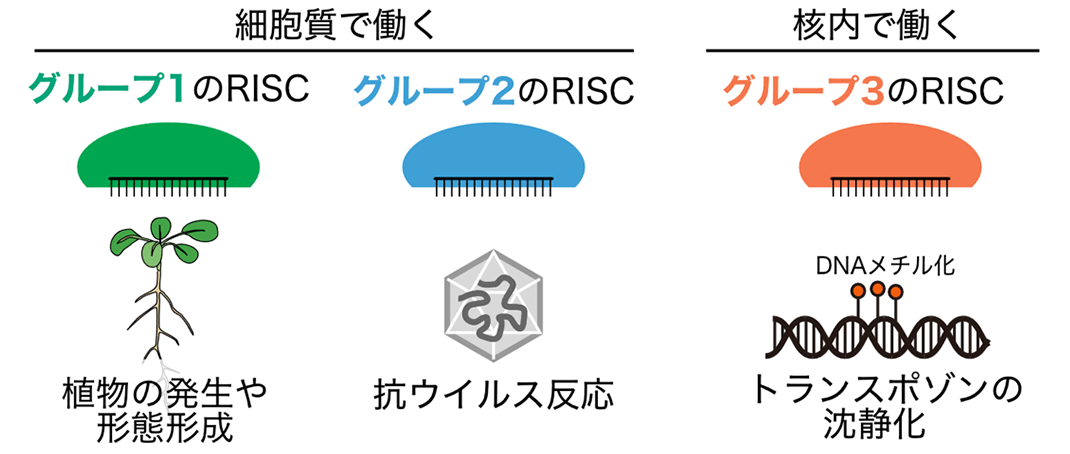2024-04-15 カリフォルニア大学サンディエゴ校(UCSD)

Traumatic experiences in early childhood can cause metabolic changes that impact muscle function later in life, according to new research co-authored by UC San Diego professor Anthony Molina. Photo credit: Nephron/Wikimedia Commons
<関連情報>
- https://today.ucsd.edu/story/how-trauma-gets-under-the-skin
- https://www.science.org/doi/full/10.1126/sciadv.adj6411
小児期の有害なライフイベントと骨格筋ミトコンドリア機能 Childhood adverse life events and skeletal muscle mitochondrial function
KATE A. DUCHOWNY, DAVID J. MARCINEK, THERESA MAU, L. GRISELL DIAZ-RAMIERZ, […], AND ANTHONY J. A. MOLINA
Science Advances Published:6 Mar 2024
DOI:https://doi.org/10.1126/sciadv.adj6411
Abstract
Social stress experienced in childhood is associated with adverse health later in life. Mitochondrial function has been implicated as a mechanism for how stressful life events “get under the skin” to influence physical well-being. Using data from the Study of Muscle, Mobility, and Aging (n = 879, 59% women), linear models examined whether adverse childhood events (i.e., physical abuse) were associated with two measures of skeletal muscle mitochondrial energetics in older adults: (i) maximal adenosine triphosphate production (ATPmax) and (ii) maximal state 3 respiration (Max OXPHOS). Forty-five percent of the sample reported experiencing one or more adverse childhood events. After adjustment, each additional event was associated with -0.08 SD (95% confidence interval = -0.13, -0.02) lower ATPmax. No association was observed with Max OXPHOS. Adverse childhood events are associated with lower ATP production in later life. Findings indicate that mitochondrial function may be a mechanism for understanding how early social stress influences health in later life.


